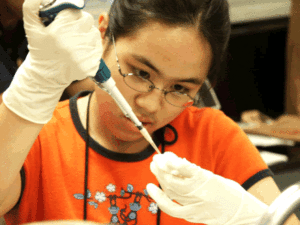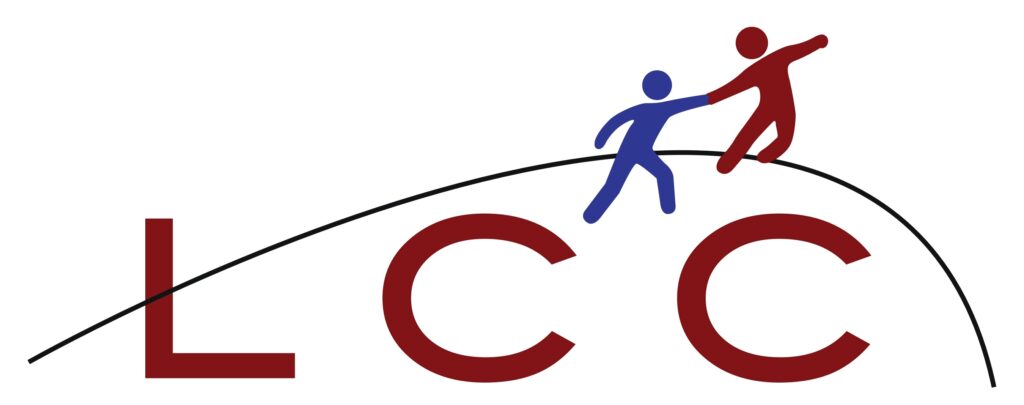Start Kids Young, but Do It Right: Academic Activities in Middle School

Last year, NPR ran an April Fools’ story on so-called “Porsafillo Preschool Academy,” a fictional school taking drastic measures to ensure the “quality” of the students they admitted. What was so interesting about the piece, entitled, “N.Y. Preschool Starts DNA Testing for Admission,” was that it resembled a real NPR report more than an article from The Onion. In other words, we’ve gotten to a point in education where helicopter moms and achievement crazed dads are more the norm than…well…normal people.
So, any talk about getting kids involved “earlier” in the college preparation process will justifiably raise a few eyebrows. Here, though, we’re not concerned about success, performance, or prestige, but exposure. And, the project of exposing middle school students to academic activities is only intended for them to better identify their strengths and goals.
This exposure comes in a number of ways, but today we’ll be speaking about the three C’s of academic activities: Competitions, Camps, and “Creative Projects.”
Let’s start with competitions, since these are the easiest to both find and explain. Even further, competitions are fun activities…for competitive kids. A timid 7th grader probably won’t develop as well with competitions, but some students thrive in the environment.
Not surprisingly, the most well organized competitions come in science and mathematics fields. First and foremost among these is Science Olympiad, which might sound intimidating. However, at this level – the 6th through 9th grade Division B – where kids compete on everything from tree identification to traditional egg drops, it’s mostly a lot of fun.
The same can be said for MathCounts, the math version of Science Olympiad. MathCounts provides guidelines for setting up clubs, interesting projects for teachers, and activities for students, as well as both individual and team competitions. In both cases, check with your middle school to see if they have a team.
For kids who aren’t necessarily competitive – and even for those who are – camps are a great resource. But, the difficult part about camps is that new ones pop up annually, and it’s hard to determine quality. There are two, though, that are generally well respected: CTY and EPGY.
CTY, the Center for Talented Youth, provides both online and residential programs, and has run for over 30 years. The program is administered by Johns Hopkins University, but held at various locations across the country, all offering courses in the humanities, math, writing, and science. CTY tends to be selective, and students qualify largely based on standardized test scores.
The Education Program for Gifted Youth, or EPGY, is Stanford’s version of CTY, hosting two-week sessions in computer programming, writing, the natural sciences and so forth. Unlike CTY, EPGY is held only at one location, Stanford, so this is somewhat restrictive. On the other hand, the range of acceptable tests for admission is far larger than that of CTY. In either case, both programs are intense, fun, and well respected. Even further, they’re great springboards to more advanced programs in high school.
But, competitions can be stressful and residential camps aren’t for everyone, so why not just build your own program? These “Creative Projects” entail activities that aren’t quite as self-contained as competitions and camps, so putting such a program together is difficult. But it can be done!
Take, for instance, the 8th grader who has shown signs of entrepreneurship. She won’t find too many competitions that fit her, and classes could be a little too “hands off.” Still, she could build a nice summer through bundling together different, related activities.
Our student would begin with Junior Achievement, or JA, a national non-profit organization with the mission of getting kids financially literate. Attending business workshops and skill building sessions for young entrepreneurs are great ways to explore business, a complex field that JA makes accessible.
The summer would continue with involvement in a Toastmasters youth program. Another established non-profit, Toastmasters is a wonderful way for people of any age to expose themselves to training in public speaking and leadership.
To finish up the summer, she could spend a few days shadowing professionals in finance, accounting, or marketing. Quite a few companies have established programs that offer a day of job shadowing for teens. Even organizations that don’t have such policies are worth contacting; it’s probable that they’ve never before had a request.
The summer is built for younger students to get exposed to academics in a way they’ve never done before – usually in a way that’s hands-on, active, and fun. The most painful part of the process is the planning, which there can be a whole lot of. Even though we’re only in March, ensure that the summer will be productive and enjoyable. Review the three C’s above, and start building the groundwork for June. It will come quicker than you think!
